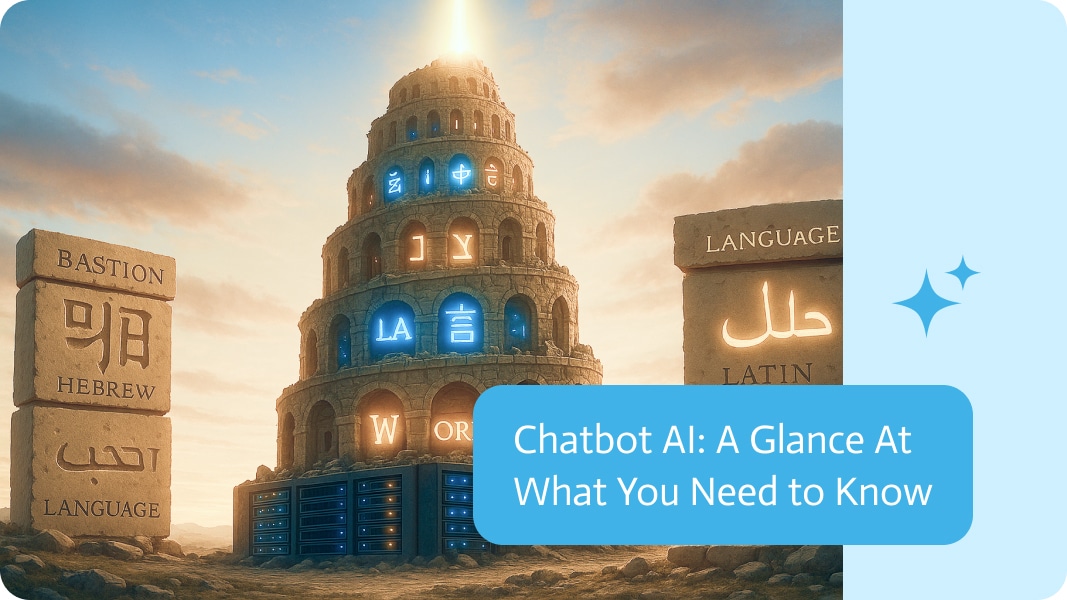

How Modern Tech Is Rewriting the Rules of Language Translation Tools
A language-translation tool is simply any app, website, or piece of software that swaps words and ideas from one tongue to another. Press a button, and presto, your message pops up in French, Mandarin, or Swahili.
The early day stuff still flickers in odd corners of the web, the flipbook-based page rattle, and a pop-up box here and there. Those gadgets relied on matching word A to word B like a grade-school spelling bee, so, shocker, they messed up tone and flavor all the time. They were more curiosities than companions.
What Are Language Translation Tools?
Photocopying a sentence by hand into a foreign dictionary is nearly a joke of a chore these days. Now there is an app for that, and another app, and usually three more you never knew about.
These gadgets come in a few flavors. Free browser translators handle typed text, smartphone apps speak sentences back to you in real time, and high-end desktop programs let professional linguists build memory banks stuffed with phrases they use over and over. They range from pocket dictionaries on caffeine to full-blown co-pilot companions for negotiators or travelers.
The early years were rough. You’d paste a paragraph and get back a jumbled, laugh-out-loud mess that sounded like it was typed by a sleepy robot half-listening to a bad audio feed.
What’s Changed? Understanding the Leap in Capability
Speed and bigger word lists matter, sure, but the real game-changer is how modern systems sort out language on multiple levels. They look at each chunk of text, figure out tone, context, and even cultural background, then assemble the answer sentence in a way that makes sense.
Most of the high-tech translation apps you hear about today skip the old word-for-word shuffle. Rather than matching terms one by one, the software gobbles up whole sentences or paragraphs and weighs what they really mean. So when someone drops the expression break a leg, the machine no longer panics over a hospital visit because it finally grasps that the phrase is really saying “good luck” in disguise.
That jump from simple lookup tables to something resembling genuine thinking hinges on the size of the training dataset. Engineers pump in book chapters, chat logs, gossip columns, and even memes, millions of them piled together. Out of all that reading, the model starts to notice rhythms and regional quirks you won’t spot by hand.
Glance at any modern video call where folks swap languages without batting an eye. Doctors in Johannesburg consult patients in Lisbon while both sides watch subtitles pop up in real time. Customer service agents in Lima handle requests from Tokyo, and neither crew waits for the other to finish typing.
Imagine a Berlin startup that signs on a Japanese client late one evening. The designers pound out questions in German, and seconds later, those lines appear in flawless Kana. The Tokyo team fires back with colorful slang, and the reply morphs into equally casual Deutsch without a hiccup. That kind of magic was pure science fiction a decade ago, yet now it ships with every update.
Just five years back, jumping between gadgets without a hitch felt like science fiction. Today, that smooth back-and-forth is showing up in almost every device we buy.
One Size Doesn’t Fit All: Why Custom Translations Matter
A run-of-the-mill online translation tool probably won’t break your blog post, but it can definitely ruin a legal contract. Lawyers, doctors, and product sellers now lean on engines that study their own jargon instead of treating every word the same. Those industry-focused systems lock in the same term every time, keeping meaning steady across dozens or even hundreds of files.
Take a busy hospital that needs patient intake forms in Spanish, Mandarin, and Arabic. The latest tools already know that CT scan turns into computed tomography and not just CT, so the results make sense to nurses and patients alike. Law firms diving into international litigation get translations of legalese that actually reflect the original intent rather than sounding cute. E-commerce merchants love showing customers product specs that read as if a native copywriter wrote them, not a robot trying its best.
More Than Text
Translation tech has stepped beyond boring text boxes. Wave your phone at a street sign in Paris, and within a heartbeat, the words appear in English or whichever tongue you set. Talk into a gadget, and it doesn’t just parrot back the phrase; it warms up the accent, picks the right tone, and even drops the casual slang when the moment calls for it.
A Broader Range of Inputs
Modern translation gadgets no longer stick to text alone; they mix speech, pictures, and written words all in one go. That leap in design means someone in a muddy disaster zone can talk into the app, snap a photo of a road sign, and get help in seconds. Remote teachers, medical workers, and weekend volunteers now lean on the same tech that used to feel like a toy for vacationers.
Learning from Every Tap
What really shocks people is how quickly these platforms grow up. Hit the send button, spot a goofy phrase, and that tiny moment gets logged in the system for next time. Keep on correcting, and the engine keeps on tweaking an endless loop of polish that rarely takes a day off.
A Worldwide Eavesdropper
Picture a translator who packs a suitcase, hops the globe, listens to street chatter, and updates their notes every night. Eventually, a phrase that sounded odd yesterday slides into the mainstream, and suddenly, almost everybody gets the better version. Slang, regional quirks, and even the latest meme jargon all slide into the gears so the tool feels less like software and more like a real helper.
Small Fixes, Big Payoffs
A single missed word can ripple out for weeks, but the payoff of fixing it echoes across thousands of screens. Because every user-as ordinary as a teenager or as formal as a diplomat-contributes, the app learns to talk in their voices. In the end, users wind up with a partner that feels less robotic with each phone update.
The Front-Row Translators
Several programs have quietly pushed their way to the front of the pack for both hobbyists and pros. DeepL gets buzz for European languages because the output sounds like a native speaker quietly polishing the text. Google Translate still leads the parade, covering 130-plus languages and letting you snap a picture or talk your way into another tongue. Lots of teachers and managers swear by Microsoft’s app for putting live captions under their videos and conference slides.
Bigger outfits lean on heavy-iron platforms like Amazon Translate or industry-tailored engines that can gobble up stacks of legal briefs and let engineers tweak the glossary on the fly. Each option shines in its lane, whether you’re texting a friend, drafting a contract, or juggling voices in a multilingual town hall.
Where Noca Fits In
Translation tools have improved a lot, but most still feel disconnected. You usually have one app for speech, another for text, and yet another for customer support. The real advantage comes when these tools work together, and that’s where Noca AI fits in.
Noca connects different systems. It doesn’t just translate; it brings everything together. Whether you’re doing live chat in different languages, providing on-site translation for your online store, or managing support tickets in various languages, Noca integrates smoothly into your setup, making everything work like a single system.
The Short-Answer Takeaway
Our planet talks in thousands of dialects, yet the walls between them are toppling faster than we imagined. Machine translation used to lumber along in a word-for-word shuffle, but most people now get back fluent sentences almost on cue. These apps no longer just swap vocabulary; they think on the fly, nudge the tone, and even catch local slang. If the trend keeps upward, tomorrow they’ll be essential in classrooms, clinics, boardrooms, embassies-anyplace where clear talk really counts.
Things are speeding up so fast that it can feel like the planet just shrank. In that rush, translation apps have stopped being cool extras and turned into absolute must-haves. When a stranger drops a phrase you can barely hear, a quick tap on your phone clears it all up in seconds.


